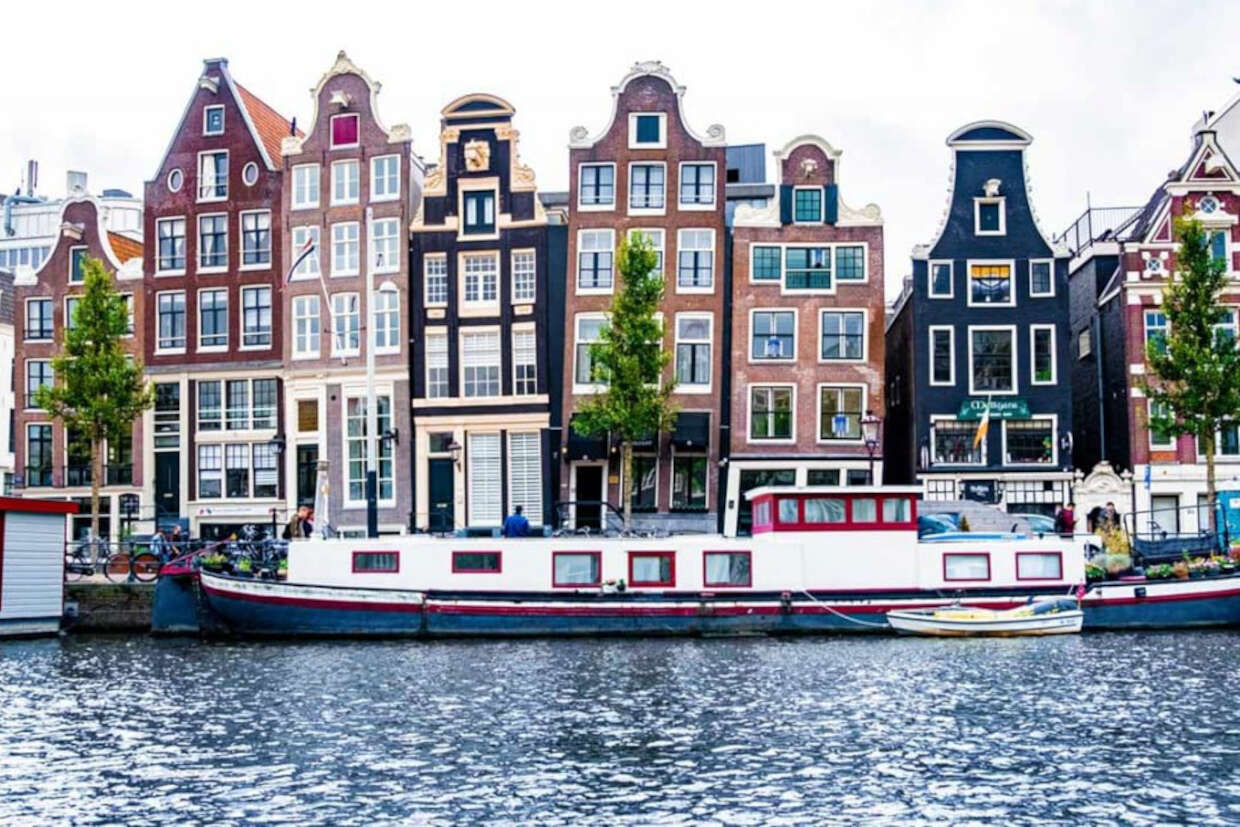Top quality content? Check.
Award winning video management platform? Check.
Metadata Schema? Meta-whatnow?
Companies that own significant volumes of digital media assets usually need to think about metadata at some point. Metadata is the descriptive and technical information which describes what’s going on in your video, images, audio or other digital assets. It enables people or machines to locate a digital file within a library containing thousands – or millions - of media assets.
Basic or detailed information about the file and what it contains can be stored in a series of metadata fields – individual containers for each piece of information. The set of fields you choose to store that data make up your metadata schema.
That can be a whole lot of information to create, store and manage so think carefully about the fields you choose. Get it wrong and you may find yourself entering metadata way past office hours, or if there’s not enough information, you may not be able to find your content easily.

Are you winning the race to smarter video management?
When it comes to efficient media management, freemium technology options aren’t always the smartest option. Here’s how to pick the best.
Before you spend hours, days or weeks designing your metadata schema you may wish to take inspiration from, or fully adopt a standard metadata set. You can even take an existing standard metadata set and modify it.
There are many different metadata sets out there to choose from - all of which have arisen from a need driven by specific user communities for a common purpose.
Here are a few of the metadata standard sets which are commonly used as a basis for storing media objects.
Dublin Core Metadata Element Set - ISO Standard 15836
This is one of the most well-known metadata standards, in part because of its simplicity and accessibility. It was developed in 1995 in Dublin, Ohio, to assist with the referencing, retrieval and searching of web pages back when the internet was still in its relative infancy. As the name “core” suggests, it is deliberately broad in its scope, meaning it can be used in a wide variety of resource referencing. It is also used as the basis of many other metadata standards.
Consisting of 15 elements, the Dublin Core Metadata Element Set addresses the fundamental descriptive, administrative and technical components needed to uniquely identify any digital resource. The 15 elements are: contributor, coverage, creator, date, description, format, identifier, language, publisher, relation, rights, source, subject, title and type.
For more information about each element see www. dublincore.org. Outside these “core” 15 elements, the Dublin Core Metadata Initiative maintains a larger set of metadata vocabularies and technical specifications.
PREMIS: Data Dictionary for Metadata Preservation
PREMIS stands for Preservation Metadata: Implementation Strategies and describes itself as: “a comprehensive, practical resource for implementing preservation metadata in digital archiving systems.” It is built on a data model which defines five entities: Intellectual Entities, Objects, Events, Rights, and Agents. Building on the Open Archival Information System (OAIS), it has over 100 sub-entities and is considered the international standard for metadata to support the preservation of digital objects.
EBUCore
Based on the Dublin Core, EBUCore is a metadata set which has been adapted to media. EBU is the largest professional association of broadcasters around the world and EBUCore is its flagship metadata specification. It can be used and adapted freely, though should be credited when used even when significantly adapted.
EBUCore has been adopted by the DPP as the metadata set that should be used when passing content between media companies in the UK.
PBCORE
PBCore is a metadata and cataloguing resource for public broadcasters and their associated communities. Designed for sound and moving images, it states that it can be used as:
• A guideline for cataloguing or describing audiovisual content (as a content standard)
• A model for building custom databases applications
• A guideline for identifying a set of vocabularies for fields describing AV assets
• A data model for a configurable collection management system
• A guideline for creating inventory spreadsheets
• An exchange (import or export) mechanism between applications
PBCore was developed in the US by Public Broadcasting to allow producers and local stations to more efficiently and consistently share, manage and preserve their produced media. Increasing numbers of film archives and media organizations are using PBCore to manage their media collections.
MPEG-7
MPEG-7 is a multimedia content description standard formally known as the Multimedia Content Description Interface. It essentially allows faster identification and retrieval of multimedia content through description of the content. It used XML to store metadata and can be used attached to a timecode for example, to document events, or to synchronize lyrics to a song. There are many other forms of MPEG classifications but MPEG-7 is the most relevant to metadata standards as the others deal with the encoding of multimedia files rather than the descriptions of the information within them.
With Imagen you can use any metadata set you like – either as a completely custom set of fields, or feel free to adopt or adapt an existing metadata set. Our metadata schema editor makes it super simple to create any number of fields to store your metadata. Choose from a range of field types such as date, free text, pick lists and add labels to describe the information they are storing – e.g. Title, Description, Director, Rights holder etc.





